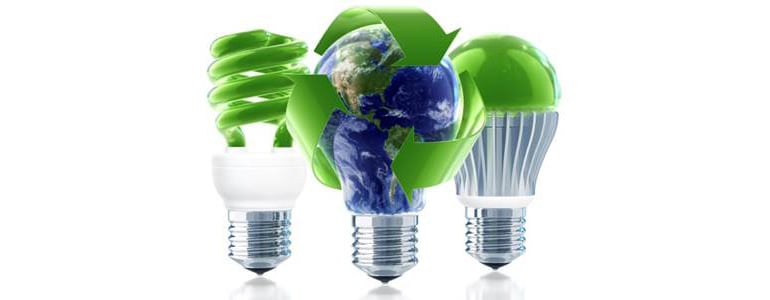Shedding Some Light on ENERGY STAR® Lamps (Light Bulbs) Specification Version 2.0

25 Oct 2016
Testing and Certification Under the Latest Energy Efficiency Requirement
ENERGY STAR® Program Requirements for Lamps (Light Bulbs) Version 2.0 has impacted testing and certification for lighting manufacturers. Certification was no longer available for Version 1.1 as of July 2, 2016, and by January 2, 2017, currently listed lamps must be recertified to Lamps V2.0, or they will be removed from the ENERGY STAR certified products list.
The revised specification includes these lamp types:
- Lamps intended to replace incandescent or halogen lamps commonly sold in the United States,
- Lamps that contain integrated ballasts or drivers,
- Lamps that are intended to connect to a common electrical grid or a common transformer system (120, 240, 277Vac or 12 or 24Vac or Vdc);
- Color tunable lamps (lamps that dim-to-warm, are full color tunable or white tunable);
- and connected lamps (lamps which respond to a user command to change action such as Bluetooth enabled, wireless remote, or network controlled)
The revised specification excludes: lamps that operate only on external power sources; linear LED tubes intended to replace fluorescent tubes; LED lamps or engines intended to replace pin-based CFL lamps; any LED lamp or engine intended to operate on a fluorescent ballast; lamps not intended to tie in to the electrical grid; and lamps with bases not covered in ANSI standards and base types not listed on Page 1 of Lamps V2.0.
Lamps V2.0 features seven key changes and minor clarifications intended to simplify testing and certification:
- The second dimming load (4 lamps) was dropped to reduce test burden.
- Rapid Cycle Stress test dropped for LED lamps.
- Distribution requirements for omnidirectional types are now less strict.
- Rated life for omnidirectionals are lowered from 25,000 to 15,000 hours minimum.
- Efficacies were increased; start times and run-up times were decreased.
- All LED lamps must remain operational during lumen maintenance periods.
- Variable voltage lamps covering 120 Vac must be tested at 120 Vac.
Key ratings that manufacturers need to provide to a third-party agency include:
- Temperature Restriction Rating
- Position Restricted Rating
- Life Rating
- Dimming Rating
To continue labeling products with the ENERGY STAR logo, all existing qualified lamps must be re-qualified by an EPA-accredited certification body to the new specification. A technical review can help manufacturers determine which requirements are covered by existing testing and any action required to keep models listed under the ENERGY STAR program.
For more information on the testing changes between Lamps V1.1 and V2.0, more information on ratings required, and recommended next steps, download Intertek's fact sheet ENERGY STAR Requirements for Lamps: Overview and Key Changes to updated Version 2.0.
